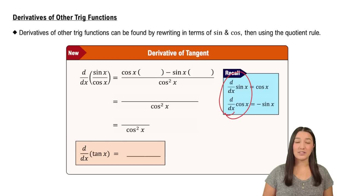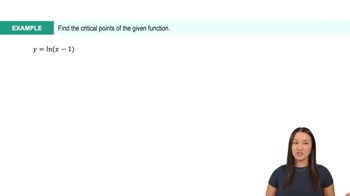Owlet talons Let L (t) equal the average length (in mm) of the middle talon on an Indian spotted owlet that is t weeks old, as shown in the figure.<IMAGE>
b. Estimate the value of L'(a) for a ≥ 4 . What does this tell you about the talon lengths on these birds? (Source: ZooKeys, 132, 2011)






